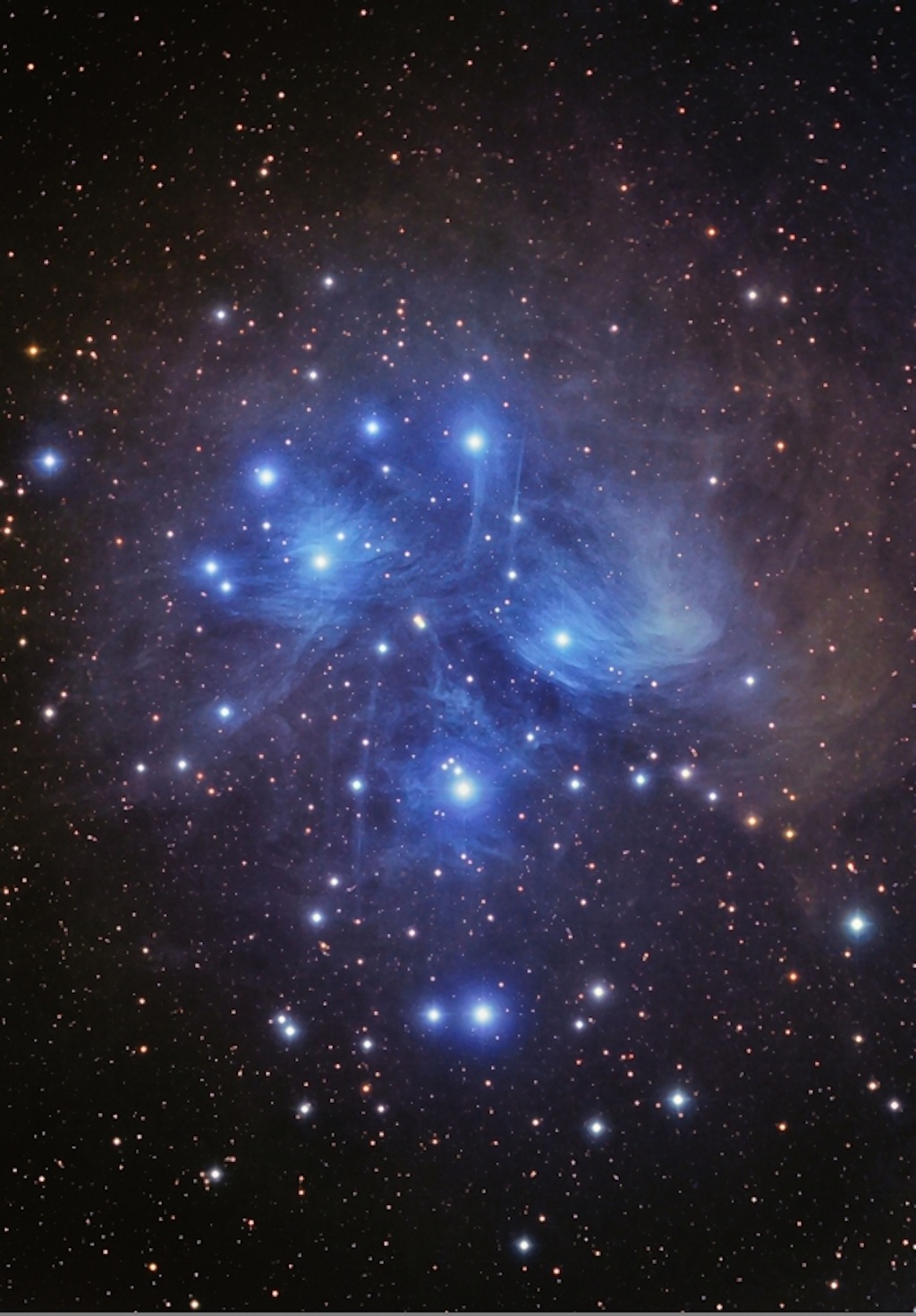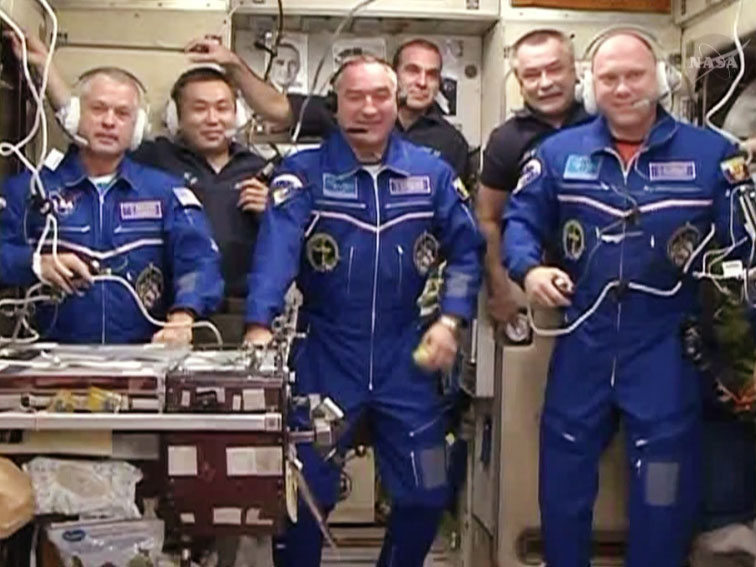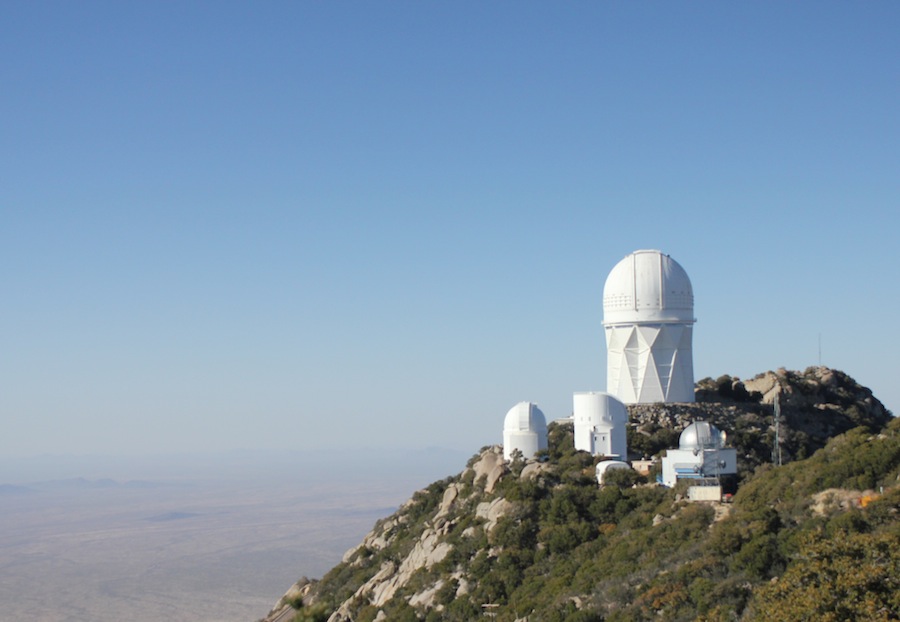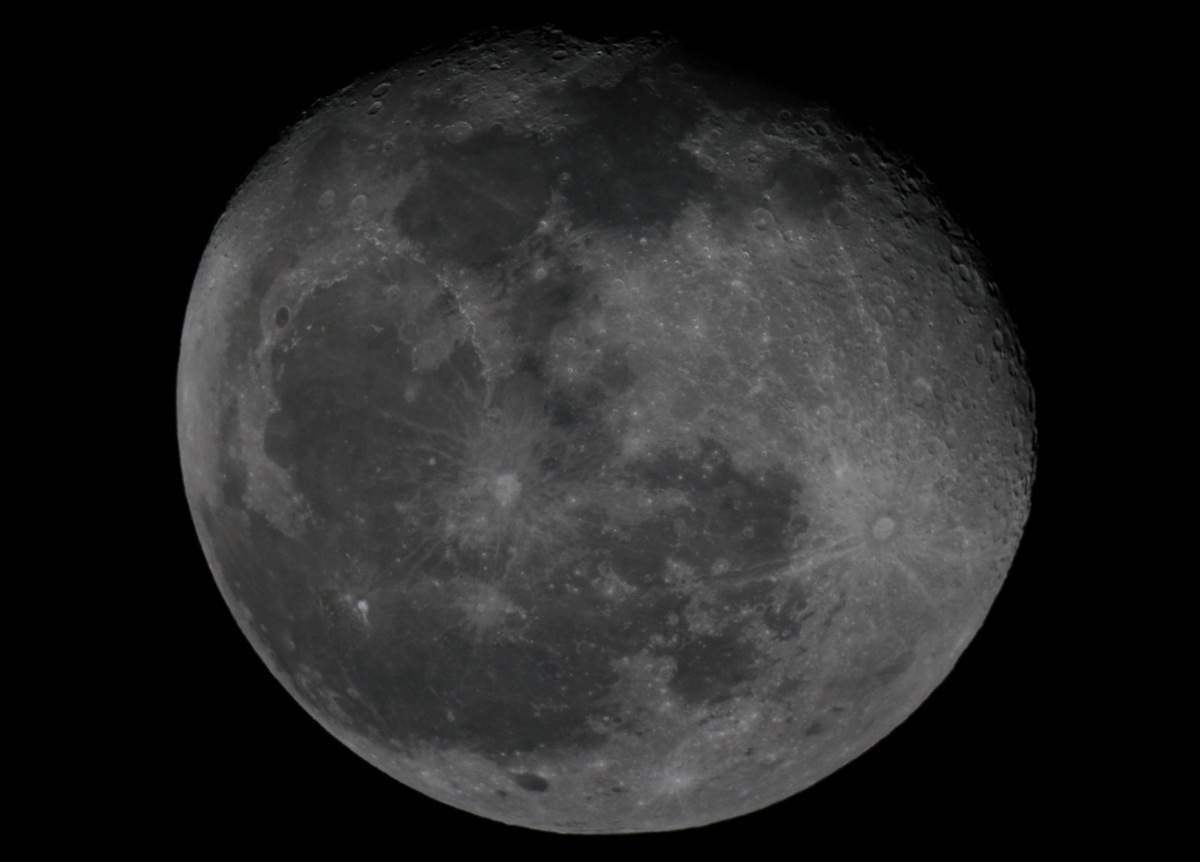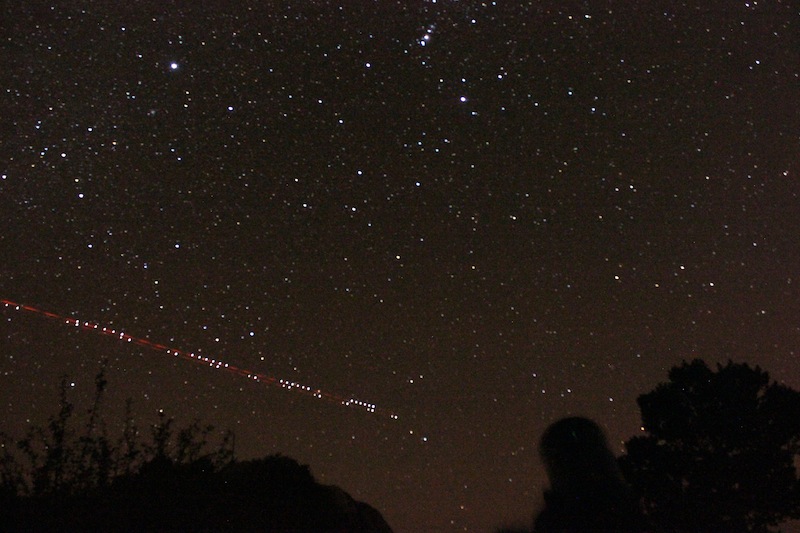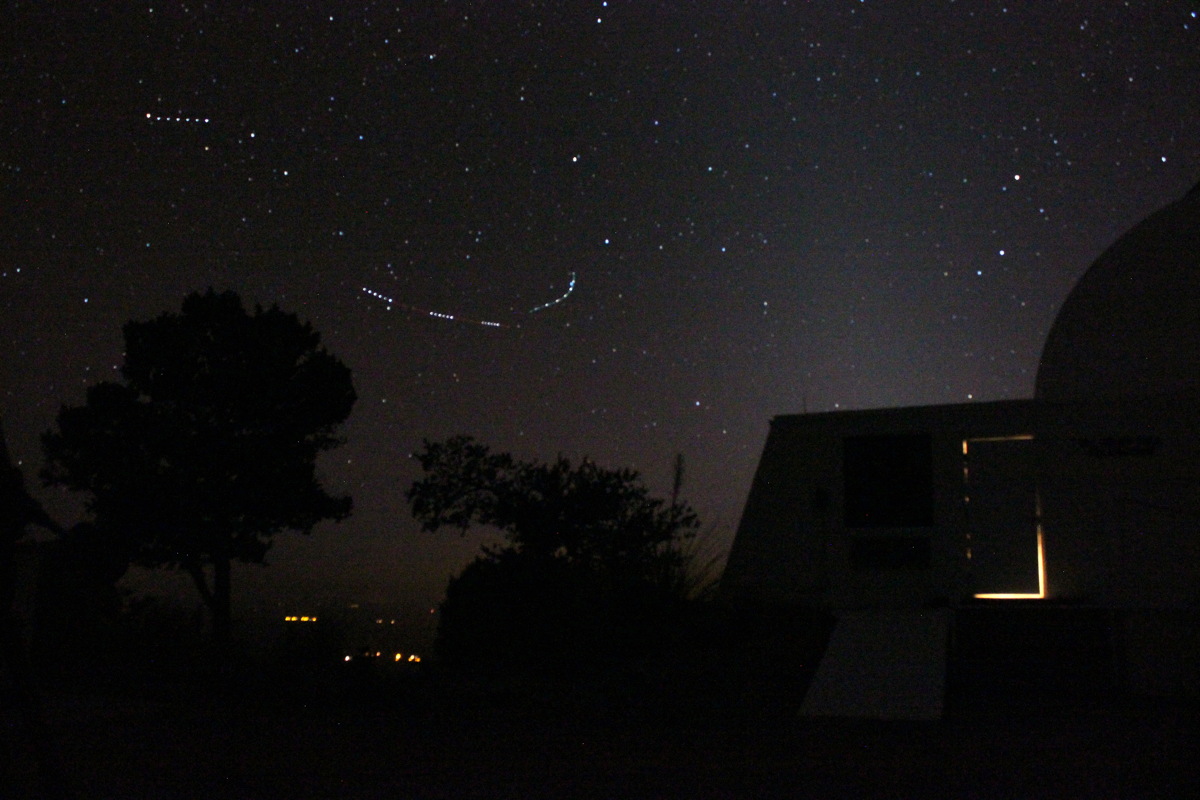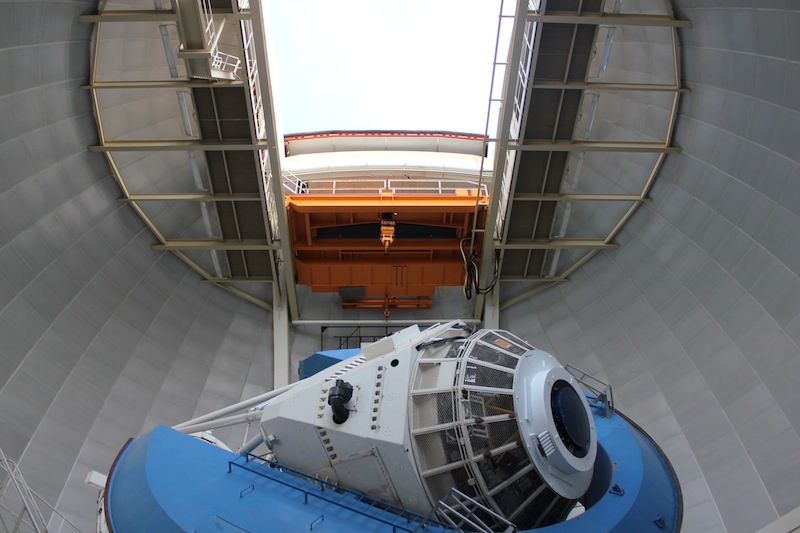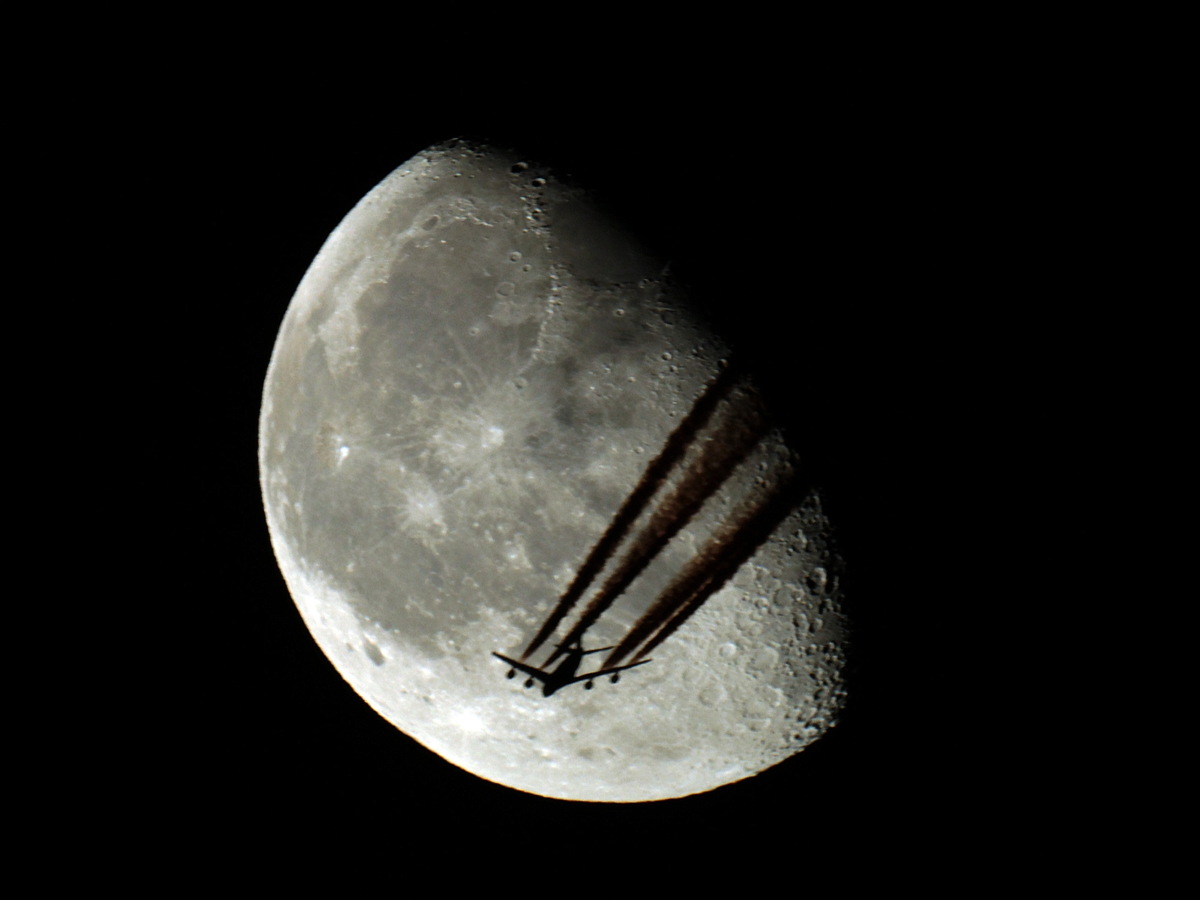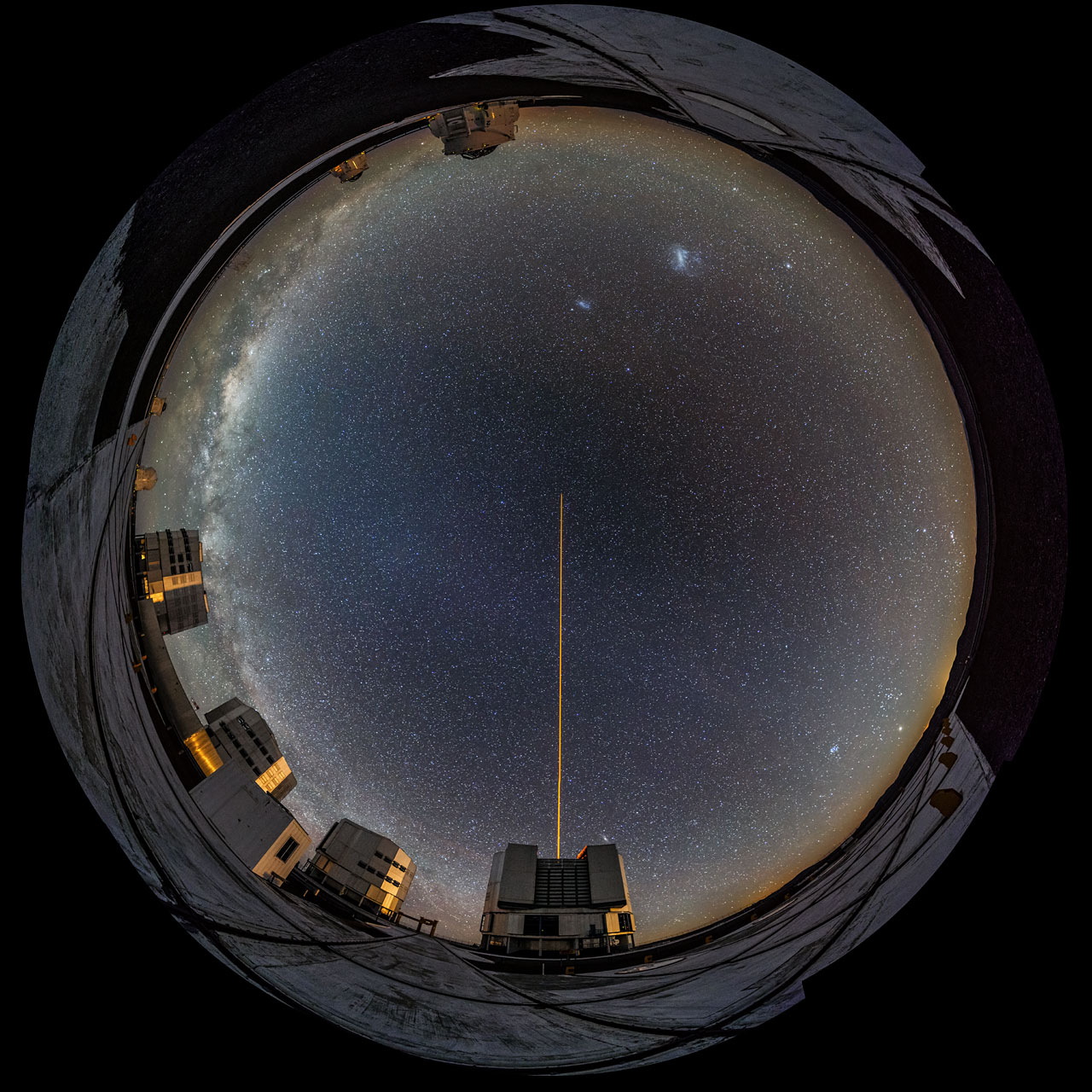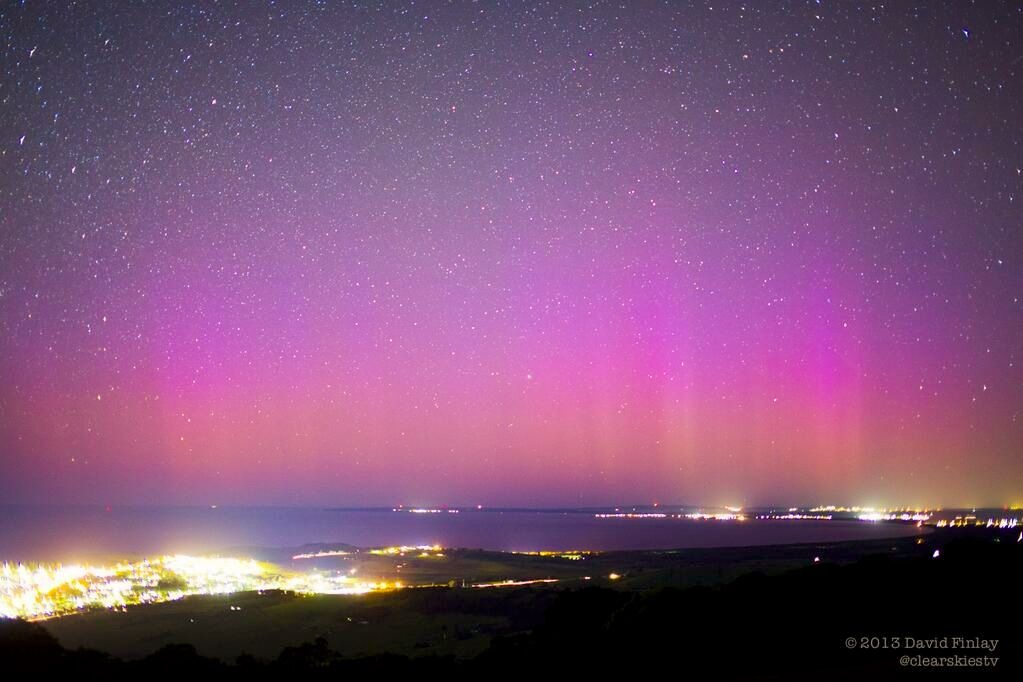Best Night Sky Photos of the Week: March 29, 2014
Pleiades Perfection: Amateur Astronomer Snaps Spectacular Photo of 'Seven Sisters'
Astrophotographer Chuck Manges of Hooversville, Pa., took this amazing photo of the Seven Sisters, aka the Pleiades star cluster. [See how it's done.]
Orion Nebula Glows in Psychedelic Colors in Stunning Amateur Photo
Astrophotographer Robert Fields captured this photo of Messier 42, or the Orion nebula, from Irvington Observatory of Howell Twp, Miss. [See how he made its crazy colors here.]
Astronaut, 2 Cosmonauts Arrive at Space Station After 2-Day Delay
Three new crewmembers have finally made it to the International Space Station, two days later than originally planned. [Read the full story here.]
Astronomy Tourism: Photos from Arizona's Kitt Peak Observatories
The Kitt Peak National Observatory is about 50 miles outside of Tucson on a remote mountaintop that rises high above the Sonoran Desert. Just below the summit, the 4-meter Mayall telescope is the largest optical telescope on the mountain. It was completed in 1970. [See more photos here.]
Astronomy Tourism: Photos from Arizona's Kitt Peak Observatories
Kitt Peak, southern Arizona, is valued as an observing site for its dark skies. This image shows the moon, as seen on March 18, 2014, from MDM Observatory. [See more photos here.]
Astronomy Tourism: Photos from Arizona's Kitt Peak Observatories
A jet plane photobombs a nighttime shot of the sky taken from Kitt Peak on March 19, 2014. [See more photos here.]
Astronomy Tourism: Photos from Arizona's Kitt Peak Observatories
Jet planes leave their mark on the nighttime sky as the zodiacal light glows behind the 1.3-meter telescope at MDM Observatory at Kitt Peak on March 19, 2014. [See more photos here.]
Breaking space news, the latest updates on rocket launches, skywatching events and more!
Astronomy Tourism: Photos from Arizona's Kitt Peak Observatories
The 4-meter Mayall telescope is housed in an enormous 18-story building at the top of Kitt Peak, some 6,800 feet high. Before sunset on March 18, 2014, the dome opens to the skies in preparation for a night of observing. [See more photos here.]
Fly Me to the Moon
Astrophotographer Pál Váradi Nagy sent in a photo of a plane crossing in front of the moon, taken March 22, 2014 from Kolozsvár, Romania, EU. He writes in an e-mail to Space.com: “[B]lur due to burst mode/mirror flipping.”[See more photos here.]
I Can See All Around
The night sky over Cerro Paranal in the Atacama Desert of Chile has an unusual distorted appearance in this image. European Southern Observatory (ESO) photo ambassador Gabriel Brammer used a fish-eye lens to create this spectacular circular effect. The 360-degree view shows the Very Large Telescope (VLT) platform, with the four VLT Unit Telescopes (bottom left), each about 25 meters tall, observing the night sky, one of them pointing a laser up into the night. The laser provides an artificial guide star for calibration purposes. The Large and Small Magellanic Clouds, two of the closest galaxies to our own, appear as blurry smudges just above the laser beam. The photographer created the image from a number of different wide-angle pictures, stitched together. [See more photos here.]
In a Land Down Under
Astrophotographer David Finlay sent in an image of the Aurora Australis. He obtained the image on Feb. 20, 2014, at Saddleback Mountain, Kiama, NSW, Australia, which is a 1-1/2 hour drive south of Sydney. He writes in a press release for his proposed TV series, “Clear Skies”: “Nobody associates observing aurora from a location near Sydney, Australia. People think I'm lying when I tell them I've seen aurora from 34 degrees south nine times over the last 12 years, and last month was my 9th time. If you're vigilant, and know when and where to observe, it's not just possible to observe aurora from extreme latitudes, it's easy and exciting! … photographer Rudi Vavra [and I] have decided to create a series of independently-produced documentaries of our astro-adventures. We capture eclipses, comets, transits, meteor showers, and aurora on video (including time lapse) … “ [See more photos here.]

Space.com is the premier source of space exploration, innovation and astronomy news, chronicling (and celebrating) humanity's ongoing expansion across the final frontier. Originally founded in 1999, Space.com is, and always has been, the passion of writers and editors who are space fans and also trained journalists. Our current news team consists of Editor-in-Chief Tariq Malik; Editor Hanneke Weitering, Senior Space Writer Mike Wall; Senior Writer Meghan Bartels; Senior Writer Chelsea Gohd, Senior Writer Tereza Pultarova and Staff Writer Alexander Cox, focusing on e-commerce. Senior Producer Steve Spaleta oversees our space videos, with Diana Whitcroft as our Social Media Editor.
